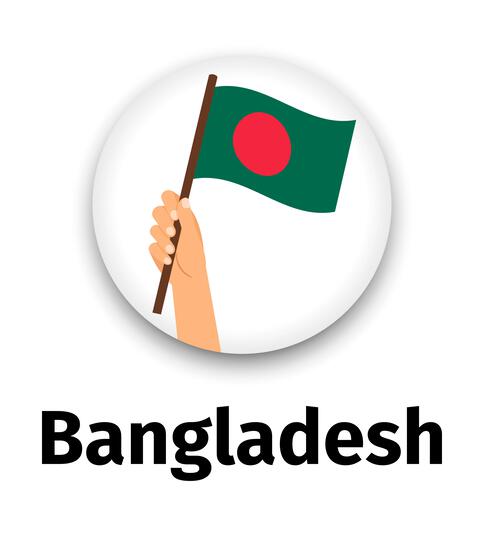Education has the power not only to build individuals but to heal societies. In a world divided by borders, conflicts, and inequality, the classroom can be a place where bridges are built instead of walls.
“Education for Peace” is not a distant dream. It is a global vision — born from local struggles, carried by communities, and fueled by the belief that every child deserves to learn in safety, dignity, and equality.
Peace Begins with Knowledge
War, discrimination, and hate often thrive where ignorance reigns. When children are denied education or taught narrow, exclusionary ideologies, societies become vulnerable to division and violence.
But when education nurtures empathy, critical thinking, and respect for diversity, it plants the seeds of lasting peace.
From the Village Classroom to the Global Vision
A child in a remote Bangladeshi village and a child in a European city may live worlds apart — but their right to education and peace is universal.
Peaceful societies are not built solely by diplomats or politicians; they are built in classrooms, in communities, and in the minds of children. Local classrooms can become powerful spaces where shared human identity is learned, practised, and lived.
Why Education for Peace Matters
-
🕊 Prevents conflict before it begins by breaking cycles of hate and discrimination.
-
🌍 Strengthens social cohesion through mutual respect and shared values.
-
🧠 Empowers young people to become problem-solvers, not passive observers.
-
🤝 Builds bridges across cultures, faiths, and communities.
Education for peace is not an “extra” — it is the core of human rights and sustainable development.
Rooted in Local Struggles
For many children in Bangladesh — especially in rural and minority communities — accessing education itself is an act of resistance. It is a struggle against poverty, exclusion, and systemic neglect.
These local battles for classrooms, teachers, and equal access are part of a larger global movement — a movement to ensure that education becomes a force of liberation, not a tool of inequality.
Building Peace Through Education: Key Actions
-
🏫 Ensure inclusive access to quality education in all communities, especially marginalized ones.
-
📖 Integrate peace education — teaching tolerance, empathy, and nonviolence — into school curricula.
-
🌐 Create exchange programs that connect local students to global learning communities.
-
📢 Empower teachers as peace-builders, not just instructors.
-
✊ Support youth-led movements for educational justice and inclusion.
A Shared Human Vision
Peace is not built in a day, but it can be nurtured every day through the act of learning. Every lesson taught with compassion, every classroom that welcomes diversity, and every child who is empowered to think critically bring the world closer to justice and peace.
“A peaceful world begins with a classroom that includes everyone.”
🕊 “Education is the seed from which peace grows.”
Published by: Minhaz Samad Chowdhury — Independent Human Rights Defender, Bangladesh
#EducationForPeace #HumanRights #GlobalVision #Bangladesh #Inclusion #Youth #MinorityRights #PeaceBuilding #GlobalSolidarity




.jpg)









No comments:
Post a Comment
Please validate CAPTCHA